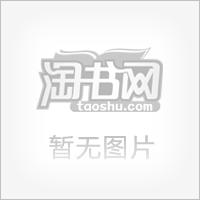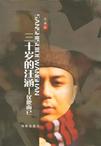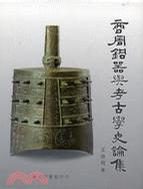Available for the first time in paperback, The Quantum Theory of Fields is a self-contained, comprehensive, and up-to-date introduction to quantum field theory from Nobel Laureate Steven Weinberg. Volume I introduces the foundations of quantum field theory. The development is fresh and logical throughout, with each step carefully motivated by what has gone before. After a brief historical outline, the book begins with the principles of relativity and quantum mechanics, and the properties of particles that follow. Quantum field theory emerges from this as a natural consequence. The classic calculations of quantum electrodynamics are presented in a thoroughly modern way, showing the use of path integrals and dimensional regularization. It contains much original material, and is peppered with examples and insights drawn from the author's experience as a leader of elementary particle research. Exercises are included at the end of each chapter.
Steven Weinberg – Autobiography
I was born in 1933 in New York City to Frederick and Eva Weinberg. My early inclination toward science received encouragement from my father, and by the time I was 15 or 16 my interests had focused on theoretical physics.
I received my undergraduate degree from Cornell in 1954, and then went for a year of graduate study to the Institute for...
Steven Weinberg – Autobiography
I was born in 1933 in New York City to Frederick and Eva Weinberg. My early inclination toward science received encouragement from my father, and by the time I was 15 or 16 my interests had focused on theoretical physics.
I received my undergraduate degree from Cornell in 1954, and then went for a year of graduate study to the Institute for Theoretical Physics in Copenhagen (now the Niels Bohr Institute). There, with the help of David Frisch and Gunnar Källén. I began to do research in physics. I then returned to the U.S. to complete my graduate studies at Princeton. My Ph.D thesis, with Sam Treiman as adviser, was on the application of renormalization theory to the effects of strong interactions in weak interaction processes.
After receiving my Ph.D. in 1957, I worked at Columbia and then from 1959 to 1966 at Berkeley. My research during this period was on a wide variety of topics - high energy behavior of Feynman graphs, second-class weak interaction currents, broken symmetries, scattering theory, muon physics, etc. - topics chosen in many cases because I was trying to teach myself some area of physics. My active interest in astrophysics dates from 1961-62; I wrote some papers on the cosmic population of neutrinos and then began to write a book, Gravitation and Cosmology, which was eventually completed in 1971. Late in 1965 I began my work on current algebra and the application to the strong interactions of the idea of spontaneous symmetry breaking.
From 1966 to 1969, on leave from Berkeley, I was Loeb Lecturer at Harvard and then visiting professor at M.I.T. In 1969 I accepted a professorship in the Physics Department at M.I.T., then chaired by Viki Weisskopf. It was while I was a visitor to M.I.T. in 1967 that my work on broken symmetries, current algebra, and renormalization theory turned in the direction of the unification of weak and electromagnetic interactions. In 1973, when Julian Schwinger left Harvard, I was offered and accepted his chair there as Higgins Professor of Physics, together with an appointment as Senior Scientist at the Smithsonian Astrophysical Observatory.
My work during the 1970's has been mainly concerned with the implications of the unified theory of weak and electromagnetic interactions, with the development of the related theory of strong interactions known as quantum chromodynamics, and with steps toward the unification of all interactions.
In 1982 I moved to the physics and astronomy departments of the University of Texas at Austin, as Josey Regental Professor of Science. I met my wife Louise when we were undergraduates at Cornell, and we were married in 1954. She is now a professor of law. Our daughter Elizabeth was born in Berkeley in 1963.
(From nobel.se)
 The Quantum Theory of Fields, Volume 1txt,chm,pdf,epub,mobi下载
The Quantum Theory of Fields, Volume 1txt,chm,pdf,epub,mobi下载 首页
首页



朋友的介绍购买了
这本书真的还是很有参考价值的。
好的话也推荐别人看
好评!有一本神奇的新书!